At first I must say i was a bit annoyed and confused about this project. We were basically taking pictures of garbage and stuff. Now I know that it’s because, I didn’t understand a thing and the concept of ambigus and obvious just gave me a headache. However as I started listening and paying more attention to the lesson i got it. And I started enjoying this project when we were making the six compositions because you got to be creative and make basically anything because therw are so many things that a person can see from a single picture. If I had to change something would be add more to my obvious pictures because, I do feel like they are just to simple. I wanted them to be minimal but minimal isn’t always good. I would add more to the pictures or change the position of my obvious objects.
Phase 1: https://openlab.citytech.cuny.edu/schmerlerspevackfylcfa16/2016/08/31/urban-artifacts-phase-1/
Phase 2: https://openlab.citytech.cuny.edu/schmerlerspevackfylcfa16/2016/09/17/urban-artifacts-phase-2-12/
Phase 3: https://openlab.citytech.cuny.edu/schmerlerspevackfylcfa16/2016/09/18/urban-artifacts-phase-3/

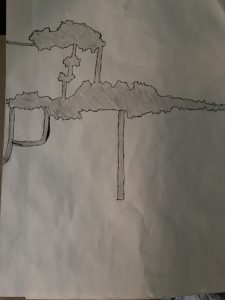

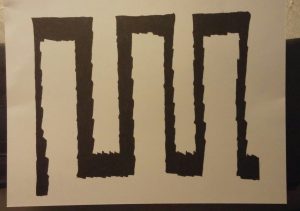
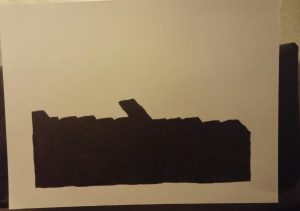
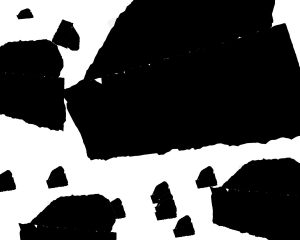

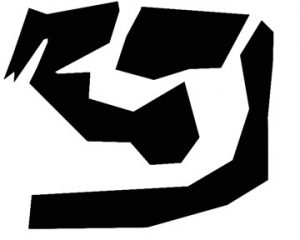

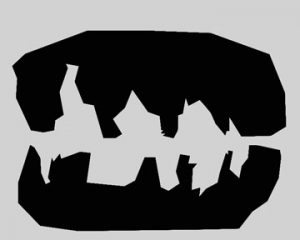
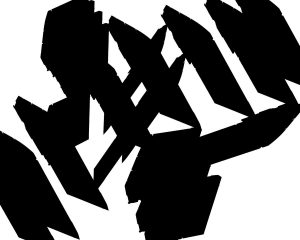



Recent Comments